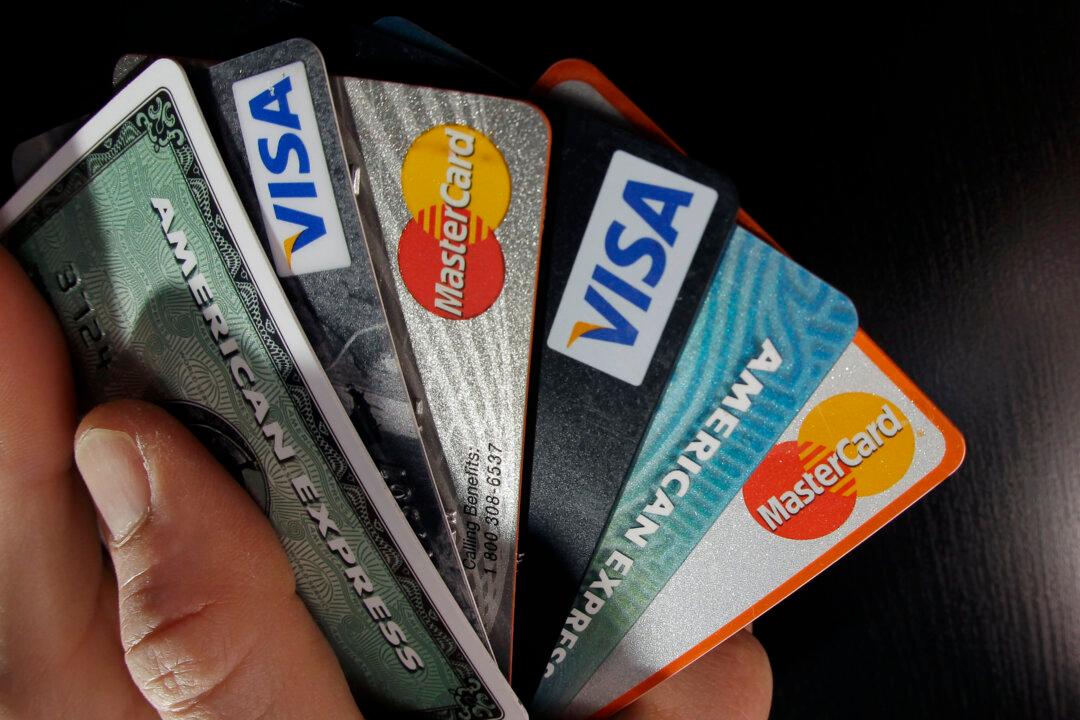Dear Readers: If I asked you to rate your financial know-how on a scale of 1-7 (with 7 being the highest), where would you place yourself?
If you’re like the Americans who participated in the 2018 FINRA National Financial Capability Study (NFCS), you’d probably give yourself a pretty high score. In that study, 76 percent of respondents placed themselves in the 5-7 range. But self-perception is one thing; reality is another. Because the same study found that only 34 percent could correctly answer at least four of five basic financial literacy questions on topics such as mortgages, interest rates, inflation, and risk.





